8 April 2025
Japanese Role-Playing Games (JRPGs) hold a unique place in the vast gaming world. Ask any long-time gamer about titles like Final Fantasy, Persona, or Chrono Trigger, and you're likely to see someone gush over the unforgettable characters, gripping narratives, and jaw-dropping art styles. But here's the thing: JRPGs are way more than just entertainment—they're deeply shaped by something much bigger. They're a reflection of Japan's rich cultural narratives, philosophies, and storytelling traditions.
Ever noticed how JRPGs often feel like playing through a beautifully crafted anime or an epic novel? That’s no accident. It’s Japan’s heritage—its folklore, history, and even modern societal struggles—woven into these games like threads in a tapestry. Let’s dive deep into how Japan's cultural influences shape JRPGs into the masterpieces we know and love. 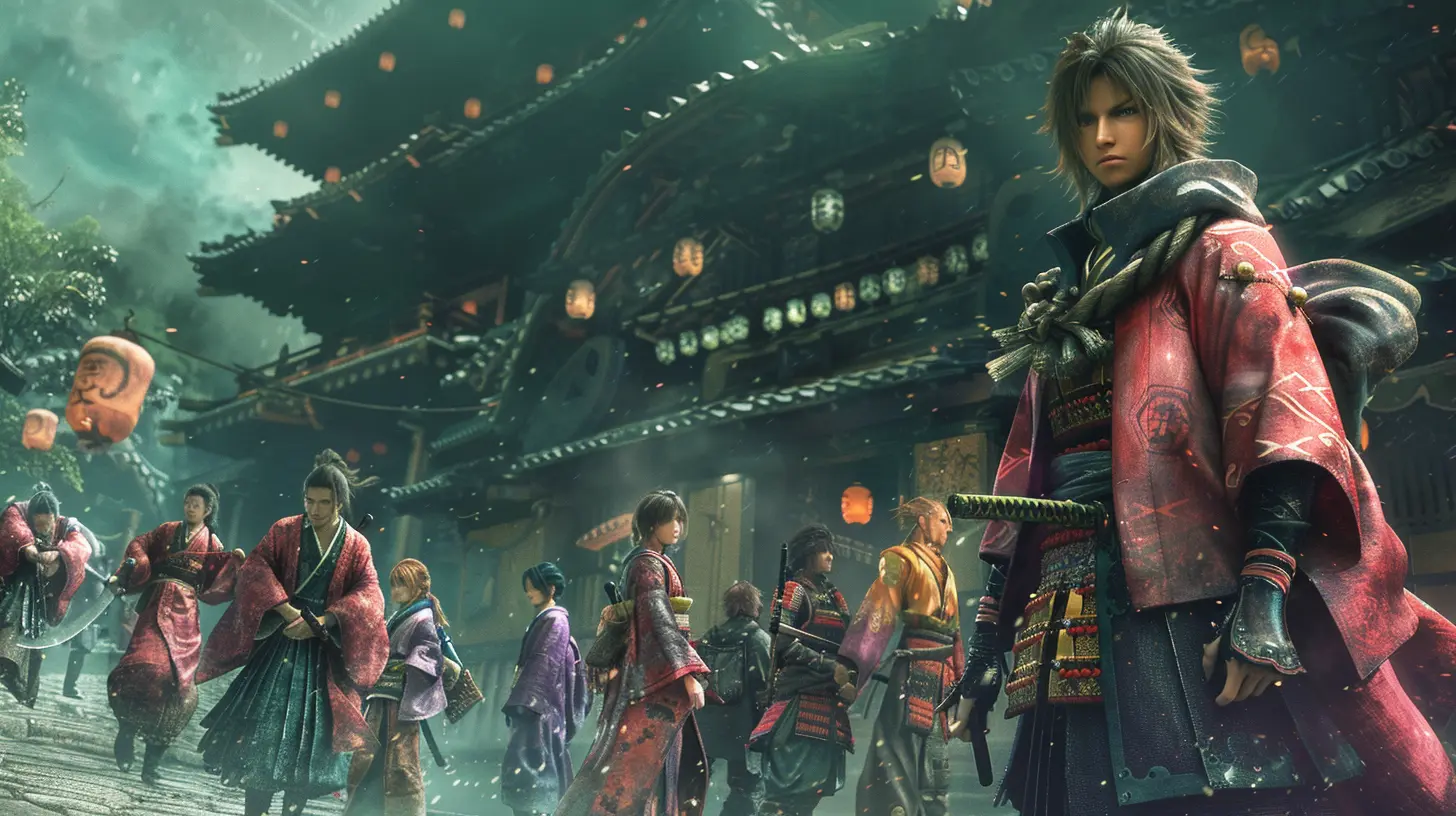
The Art of Storytelling: A Legacy of Japanese Folklore
Japanese culture has storytelling embedded in its DNA. Think about the classic folk tales you might’ve come across—like Momotaro (Peach Boy) or The Tale of the Bamboo Cutter. These aren't just stories; they're lessons, packed with symbolism and moral undertones. JRPGs take this same tradition and run wild with it.Take Okami, for example. This game is practically a love letter to Japanese mythology. You play as Amaterasu, the Shinto sun goddess, in the form of a wolf, tasked with restoring beauty and balance to the world. Every enemy, every puzzle, every piece of lore in Okami is deeply rooted in Japanese myths. That’s not just surface-level design; it’s an entire culture brought to life.
But it’s not just the mythological creatures or gods. JRPGs often mirror the moral grayness found in folktales. Characters face ethical dilemmas, often questioning their sense of duty versus personal desires. Sound familiar? That’s the underlying tone of many Japanese legends, where things are rarely black-and-white. 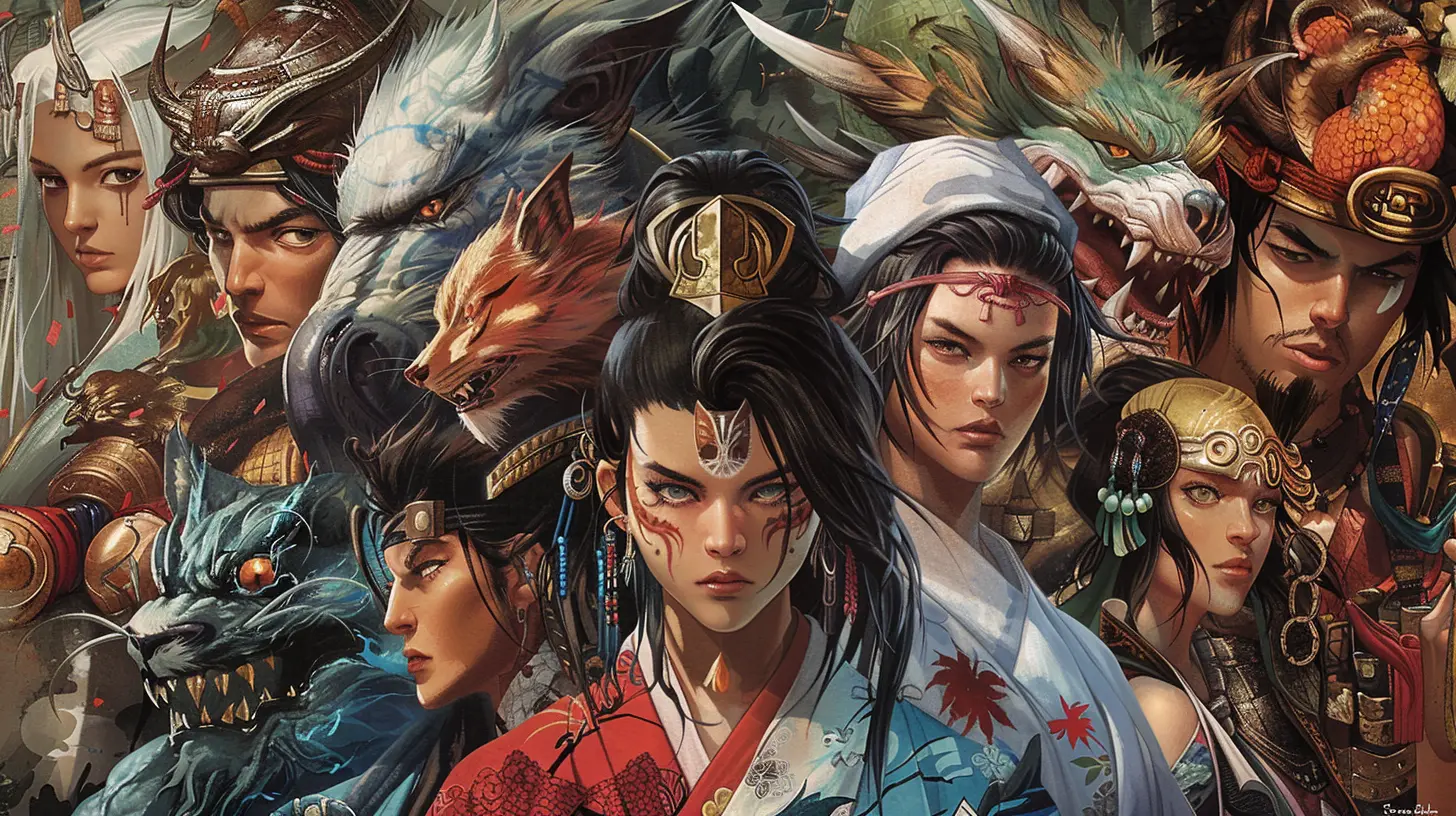
Aesthetic Choices: Traditional Meets Modern
If you've played a JRPG, you’ve probably noticed how their visuals often have a unique flair. It's hard not to be sucked into the vibrant colors, intricate character designs, and often surreal worlds. This aesthetic isn't just for show—it comes from Japan's artistic traditions.Have you ever seen a ukiyo-e woodblock print? These iconic artworks, like The Great Wave off Kanagawa, emphasize bold lines, dramatic composition, and vivid imagery. The art style of games like Ni no Kuni feels like a modern-day equivalent. Studio Ghibli lent its creative hand to that game, and you can see the Japanese artistic tradition etched into every frame.
Beyond that, think about the architecture in JRPGs. Temples, shrines, and sprawling zen gardens frequently appear in games like Final Fantasy X or Tales of Arise. These aren’t just random backdrops; they’re cultural touchpoints that anchor you in a world inspired by Japan’s history. 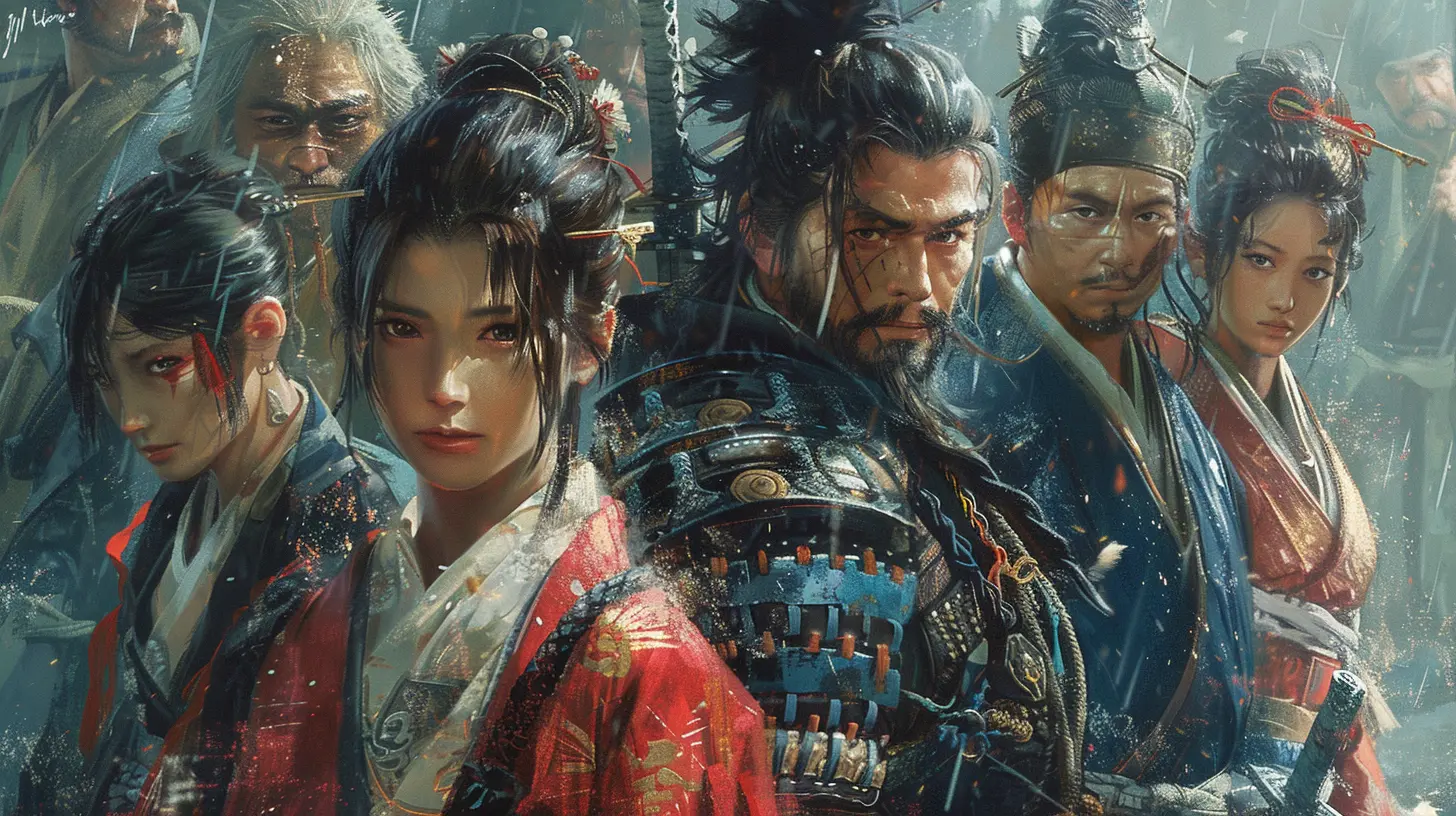
Themes of Duality and Harmony
Ever notice how so many JRPGs focus on themes like light vs. dark, chaos vs. order, or individualism vs. community? That’s no coincidence. These dualities are central to Japanese philosophy, particularly Shinto and Buddhism.In Shinto, there’s this idea that kami (spirits) inhabit everything, from rivers to mountains. Humans are tasked with maintaining harmony between the natural and spiritual worlds. JRPGs often echo this dynamic. Think about Final Fantasy VII. The entire game revolves around the balance between humanity’s technological progression (Mako energy) and the planet's natural life force (the Lifestream). It’s not just an environmental narrative—it’s a modern spin on a deeply ingrained cultural belief.
Similarly, the Buddhist principle of impermanence (the idea that everything is temporary) shapes many JRPG stories. Characters often wrestle with loss, growth, and the inevitability of change. Chrono Trigger plays with this in brilliant ways, as you jump between past, present, and future timelines, constantly reminded of the fleeting nature of existence. 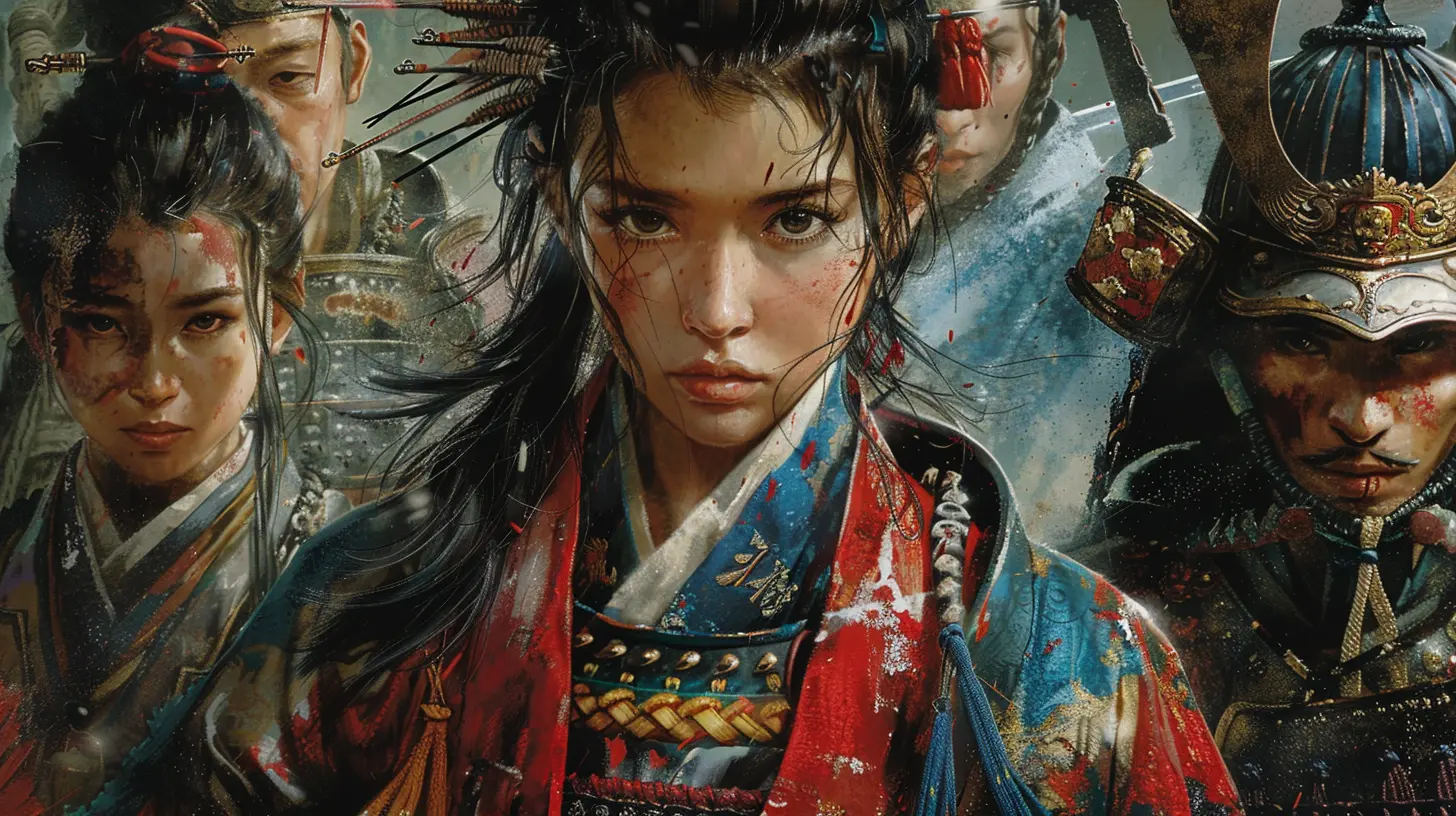
Relatable Heroes, Extraordinary Journeys
What’s the first thing you think of when someone says “JRPG protagonist”? Maybe a scrappy teenager with spiky hair and a sword twice their size? Yep, that’s a pretty common trope. But why?Part of this stems from the cultural concept of shonen—a genre of manga and anime aimed at young men, focusing on coming-of-age stories, friendship, and perseverance. JRPGs borrow heavily from this framework, but there’s a deeper connection to Japanese storytelling.
In Japanese literature, the idea of a seemingly ordinary person rising to greatness is a recurring theme. This isn’t about being born special (ahem, Chosen One trope), but about growing into greatness through hardship and determination. Think of Tidus from Final Fantasy X. He starts off as a cocky, self-absorbed athlete and transforms into a selfless hero who sacrifices everything for the greater good. It’s relatable and inspiring.
JRPG characters often reflect the Japanese cultural value of humility and perseverance. They might struggle, doubt themselves, or even fail, but they always push forward. That’s a far cry from the overly confident, invincible protagonists you often see in Western games.
The Delicate Touch of Melancholy
One thing that sets JRPGs apart is their willingness to embrace sadness. Not just in a "let's make the player cry" kind of way, but in a way that feels deeply human. Why do so many JRPGs have bittersweet endings or moments where the stakes feel heartbreakingly real?This ties back to a unique Japanese aesthetic philosophy called mono no aware. It’s the idea of finding beauty in impermanence—the fleeting nature of life. You see this in games like Persona 5, where the protagonists know their team will inevitably have to part ways, but they treasure the bonds they’ve formed. Or in Nier: Automata, where questions about purpose, love, and mortality hit you like a ton of bricks.
Japanese storytelling embraces these melancholic moments because they mirror real life. Not everything ties up neatly with a shiny bow, and that’s okay. It’s this emotional depth that keeps players invested long after the credits roll.
Societal Reflection: Struggles in a Modern World
JRPGs don’t just draw from Japan’s past—they also showcase its present. Many games subtly critique societal issues like rigid expectations, alienation, or the pressure to conform.Take Persona 5 as a prime example. On the surface, it’s about a group of teenagers battling supernatural forces. But dig deeper, and it’s a biting commentary on societal corruption, authority abuse, and the constraints people face in modern Japan.
Even the recurring theme of found family in JRPGs speaks to a cultural shift. As traditional family structures in Japan evolve, younger generations seek connections outside their immediate relatives, which is beautifully reflected in games like Tales of Symphonia or Final Fantasy XV.
The Future of JRPGs: A Global Stage
While JRPGs are deeply rooted in Japanese culture, they’ve also started to evolve by blending global influences. Games like Xenoblade Chronicles incorporate Western fantasy elements while maintaining their Japanese essence. This fusion creates a broader appeal without losing their cultural heart.At the end of the day, JRPGs serve as cultural ambassadors. They transport us to fantastical worlds, yes, but they also open a window into Japan’s soul. Every dungeon crawl, every plot twist, every tear-jerking cutscene—it all stems from centuries of storytelling traditions and philosophical beliefs.
So the next time you boot up a JRPG, take a moment to appreciate the culture it’s built upon. You’re not just playing a game—you’re stepping into a piece of Japan’s identity.

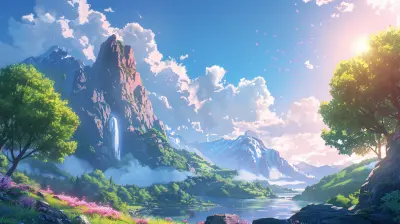

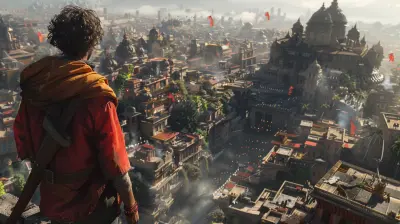

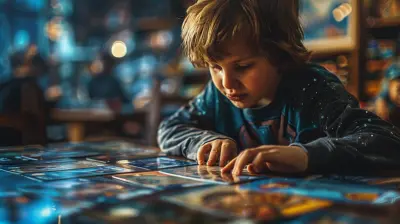
Aubrey Bowman
Japan's rich culture deeply enriches JRPG narratives, making them uniquely captivating and immersive.
April 26, 2025 at 3:39 AM